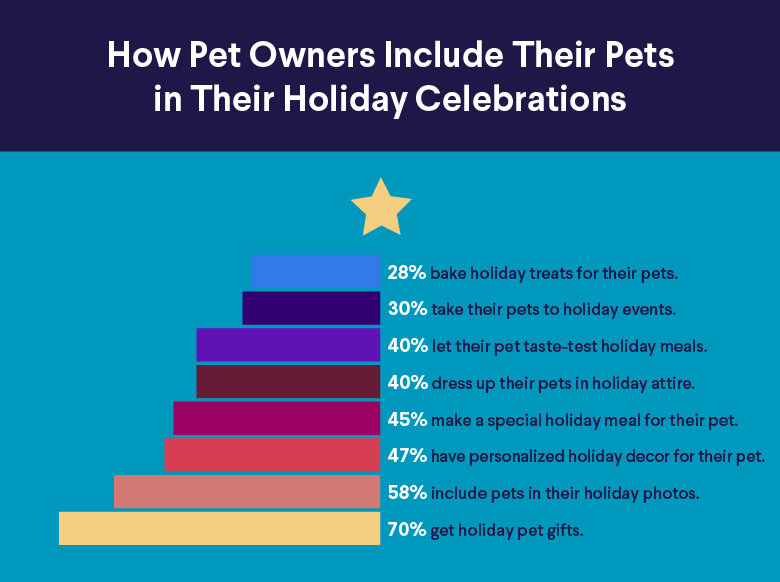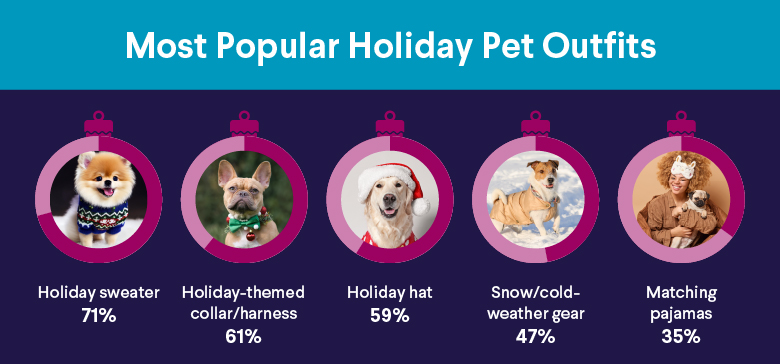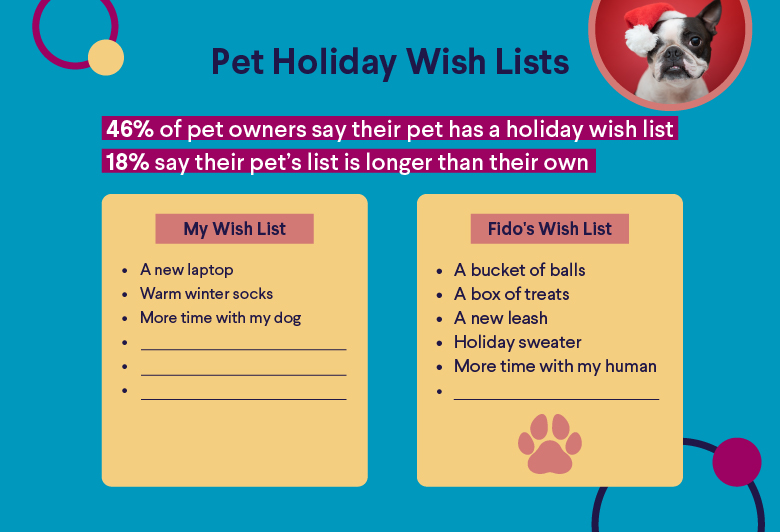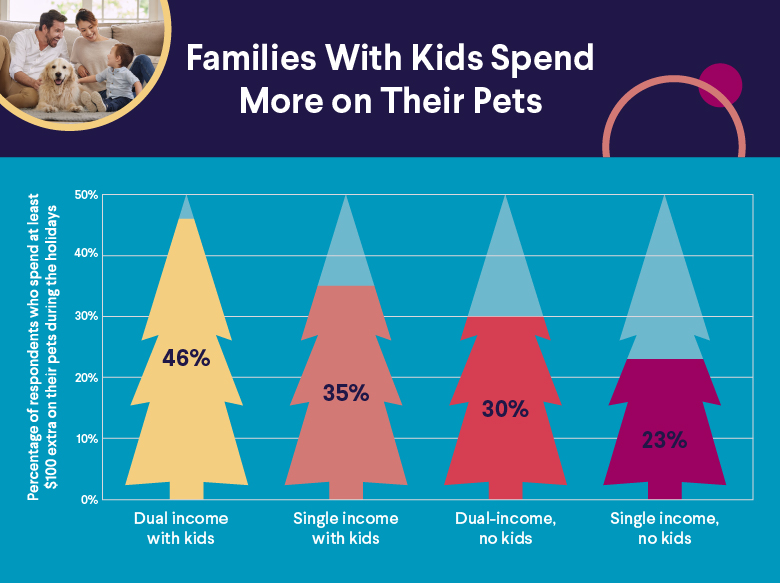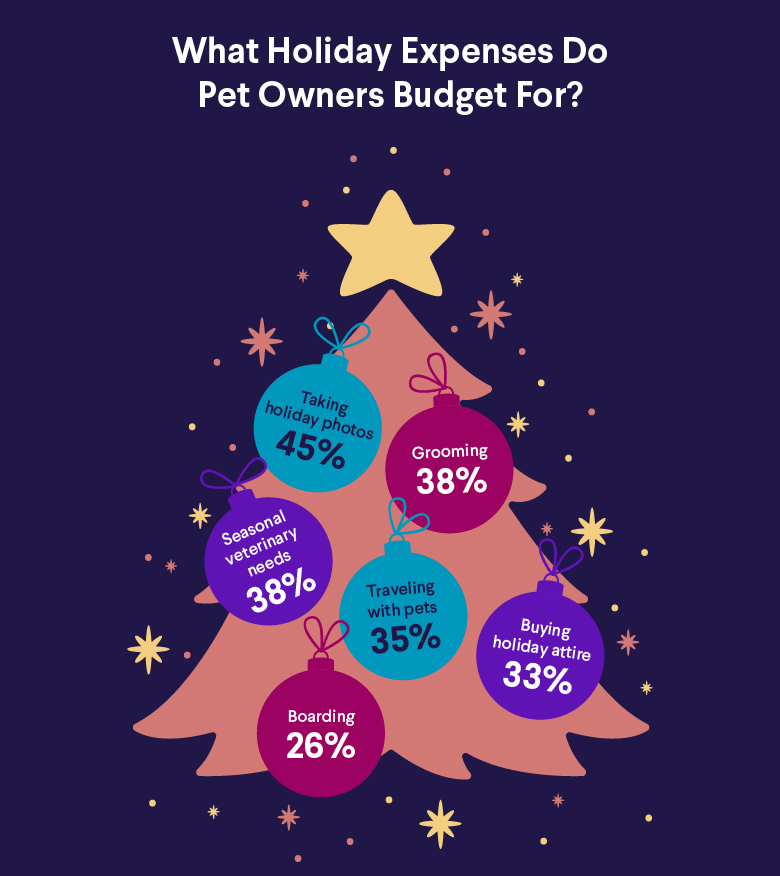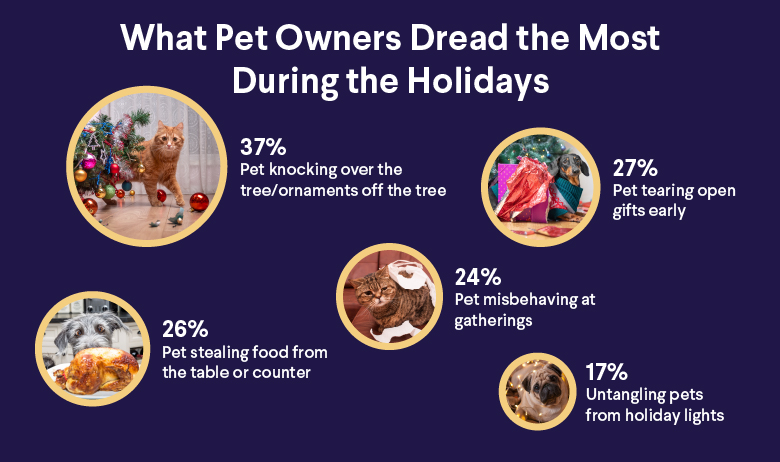Understanding Parent Plus Loan Forgiveness
Parent PLUS loan forgiveness provides financial relief to parents who borrowed money to cover the cost of their children’s college or career school. It isn’t always a quick fix, but there are certain federal and private programs that might offer the financial assistance needed to help them get on track.
Keep reading to learn more about what the available student loan forgiveness possibilities are for Parent PLUS loans.
Are Parent Plus Loans Eligible for Student Loan Forgiveness?
Parent PLUS loans are eligible for several of the same student loan forgiveness programs as federal student loans for students, including:
• Borrower Defense Loan Discharge
• Total and Permanent Disability (TPD) Discharge
• Public Service Loan Forgiveness (PSLF)
That said, Parent PLUS loans generally have fewer repayment options. The Parent PLUS loans do not qualify for the SAVE program or other income-driven plans. And guidelines are strict for the few programs that parent loans are eligible for.
Refinancing is another option for Parent PLUS loan borrowers — applying for a new private student loan with an, ideally, lower interest rate. That said, some lenders offer less flexibility for repayment and the fine print can be lengthy, so there’s an inherent risk associated with refinancing Parent PLUS loans.
It’s worth noting that refinancing a PLUS loan will eliminate it from any federal repayment plans and benefits.
💡 Quick Tip: Some student loan refinance lenders offer no fees, saving borrowers money.
Parent Student Loan Forgiveness Program
Parents who are on the hook for student loan debt can also qualify for student loan forgiveness. A Parent PLUS loan may be eligible for Parent Student Loan Forgiveness through federal programs that include Income-Contingent Repayment and Public Service Loan Forgiveness. Other forgiveness options may also be available through the state.
Income-Contingent Repayment (ICR)
An Income-Contingent Repayment plan, or ICR plan, is the only income-driven repayment plan that’s available for Parent PLUS borrowers. In order to qualify, parent borrowers must first consolidate their loans into a Direct Consolidation Loan, then repay that loan under the ICR plan.
Bear in mind:
• A Parent PLUS loan that’s included in a Direct Consolidation Loan could be eligible for Income-Contingent Repayment.
• A Parent PLUS loan that’s included in the Federal Direct Loan Program or the Federal Family Education Loan Program (FFELP) is also eligible for ICR if it’s included in the Federal Direct Consolidation Loan.
The ICR plan is a repayment plan for Direct loans. Monthly payments are the lesser of (1) what you would pay on a repayment plan with a fixed monthly payment over 12 years, adjusted based on your income, or (2) 20% of your discretionary income.
Typically, the IRS considers canceled debt a form of taxable income, but the American Rescue Plan Act of 2021 made all student loan forgiveness tax-free through 2025 on federal returns. Some states will tax student loan forgiveness amounts; check with your accountant to be sure.
Public Service Loan Forgiveness (PSLF)
Borrowers with Parent PLUS loans may be eligible for the Public Service Loan Forgiveness Program. In order to pursue that option, they must first consolidate the Parent PLUS loan into a Direct Consolidation Loan.
Then, after they’ve made 120 qualifying payments (10 years’ worth), borrowers become eligible for the PSLF. The parent borrower (not the student) must be employed full-time in a qualifying public service job. PSLF also has strict requirements such as certifying employment, so it’s important to follow instructions closely if pursuing this option.
Student Loan Forgiveness for Death of Parent
Federal student loans qualify for loan “discharge” when the borrower dies. In the case of Parent PLUS loans, they are also discharged if the student who received the borrowed funds dies.
In order to qualify for federal loan discharge due to death, borrowers must provide a copy of a death certificate to either the U.S. Department of Education or the loan servicer.
Some, but not all, private lenders discharge student loans after the student or loan holder dies.
Recommended: Can Student Loans Be Discharged?
State Parent PLUS Student Loan Forgiveness Programs
Many individual states offer some sort of student loan repayment assistance or student loan forgiveness programs for Parent PLUS loan borrowers.
For an overview of options available in different states, you can take a look at The College Investor’s State-by-State Guide to Student Loan Forgiveness . For information on student loan and aid available take a look at the SoFi guide on state-by-state student aid available for borrowers.
Disability
In the event of the borrower becoming totally and permanently disabled, a Parent PLUS loan may be discharged. To qualify for a Total and Permanent Disability (TPD) discharge , borrowers must complete and submit a TPD discharge application, as well as documentation showing that they meet the requirements for being considered totally and permanently disabled.
Note that in order to qualify for TPD, the parent borrower must be considered disabled. This type of forgiveness does not apply to Parent PLUS loans in the event that the student becomes disabled.
Bankruptcy
If a borrower can demonstrate undue financial hardship upon repaying the student loan, they might be able to discharge their Parent PLUS loan. Note: Having student loans discharged in bankruptcy is uncommon. Proving “undue hardship” varies depending on the court that’s granting it, but most rulings abide by the Brunner test, which requires the debtor to meet all three of these criteria in order to discharge the student loan:
• Poverty. Maintaining a minimal standard of living for the borrower and their dependents is deemed impossible if they’re forced to repay their student loans.
• Persistence. The borrower’s current financial situation will likely continue for the majority of the repayment period.
• Good faith. The borrower has made a “good faith” effort to repay their student loans.
Closed School Discharge
For parent borrowers whose children attended a school that closed while they were enrolled or who withdrew from the school during a “lookback period” of 120 days before its closure, a Closed School Discharge is another available form of student loan forgiveness.
If your child’s school closes on or after July 1, 2023, and you meet the eligibility requirements for a closed school discharge of your loans obtained to attend the closed school, you will generally receive an automatic closed school discharge one year after the date the DOE establishes as the school’s official closure date. This discharge will be initiated by DOE, and you will be notified by your loan servicer.
Although this closed school loan discharge is granted automatically after one year has passed since the school’s closure, you can always apply for and receive a closed school discharge as soon as the school’s official closure date is confirmed by the U.S. Department of Education. If your child 1) attended a school that closed less than one year ago, 2) meet the eligibility requirements for a closed school discharge, and 3) want your loans discharged, contact your loan servicer about applying for a closed school discharge now instead of waiting for one year to receive an automatic closed school discharge.
Borrower Defense
Borrower Defense Loan Discharge is available to Parent PLUS borrowers whose children were misled by their college or university or whose college or university engaged in certain forms of misconduct or violation of state laws.
To make a case for borrower defense, the Parent PLUS borrower must be able to demonstrate that their school violated a state law directly related to their federal student loan.
💡 Quick Tip: Federal parent PLUS loans might be a good candidate for refinancing to a lower rate.
Alternatives to Parent Plus Student Loan Forgiveness
When it comes to Parent PLUS loans, there are a few ways to get out of student loan debt legally, including the scenarios outlined below.
Refinance Parent Plus Loans
Refinancing a Parent PLUS loan is another option that could provide some financial relief. In doing so, you’ll lose the government benefits associated with your federal loans, as briefly mentioned above, such as:
• Forbearance options or options to defer your student loans
• Choice of repayment options
• Student loan forgiveness
Refinancing a Parent PLUS loan into the dependent’s name is another option, which some borrowers opt for once their child has graduated and started working. Not all loan servicers are willing to offer this type of refinancing option, though.
Transfer Parent Plus Student Loan to Student
Transferring Parent PLUS loans to a student can be complicated. There isn’t a federal loan program available that will conduct this exchange, and, as mentioned above, some private lenders won’t offer this option.
Some private lenders, like SoFi, allow dependents to take out a refinanced student loan and use it to pay off the PLUS loan of their parent.
Explore Private Student Loan Options for Parents
Banks, credit unions, state loan agencies and other lenders typically offer private student loans for parents who want to help their children pay for college and refinancing options for parents and students.
Refinancing options will vary by lenders and some may be willing to refinance a Parent PLUS loan into a private refinanced loan in the student’s name. In addition to competitive interest rates and member benefits, SoFi does allow students to take over their parent’s loan during the refinancing process. Interest rates and terms may vary based on individual criteria such as income, credit score, and history.
The Takeaway
Parent PLUS Loan forgiveness offers financial relief to parents who borrowed money to help their child pay for college. To receive federal relief for Parent PLUS loans, parent borrowers can enroll in an Income-Contingent Repayment plan, pursue Public Service Loan Forgiveness, transfer their student loan to another student, take advantage of a state Parent PLUS student loan forgiveness program, or opt for private student loan assistance or refinancing.
Looking to lower your monthly student loan payment? Refinancing may be one way to do it — by extending your loan term, getting a lower interest rate than what you currently have, or both. (Please note that refinancing federal loans makes them ineligible for federal forgiveness and protections. Also, lengthening your loan term may mean paying more in interest over the life of the loan.) SoFi student loan refinancing offers flexible terms that fit your budget.
SoFi Student Loan Refinance
If you are a federal student loan borrower, you should consider all of your repayment opportunities including the opportunity to refinance your student loan debt at a lower APR or to extend your term to achieve a lower monthly payment. Please note that once you refinance federal student loans you will no longer be eligible for current or future flexible payment options available to federal loan borrowers, including but not limited to income-based repayment plans or extended repayment plans.
SoFi Loan Products
SoFi loans are originated by SoFi Bank, N.A., NMLS #696891 (Member FDIC). For additional product-specific legal and licensing information, see SoFi.com/legal. Equal Housing Lender.
Checking Your Rates: To check the rates and terms you may qualify for, SoFi conducts a soft credit pull that will not affect your credit score. However, if you choose a product and continue your application, we will request your full credit report from one or more consumer reporting agencies, which is considered a hard credit pull and may affect your credit.
Tax Information: This article provides general background information only and is not intended to serve as legal or tax advice or as a substitute for legal counsel. You should consult your own attorney and/or tax advisor if you have a question requiring legal or tax advice.
Non affiliation: SoFi isn’t affiliated with any of the companies highlighted in this article.
Third-Party Brand Mentions: No brands, products, or companies mentioned are affiliated with SoFi, nor do they endorse or sponsor this article. Third-party trademarks referenced herein are property of their respective owners.
Disclaimer: Many factors affect your credit scores and the interest rates you may receive. SoFi is not a Credit Repair Organization as defined under federal or state law, including the Credit Repair Organizations Act. SoFi does not provide “credit repair” services or advice or assistance regarding “rebuilding” or “improving” your credit record, credit history, or credit rating. For details, see the FTC’s website .
Financial Tips & Strategies: The tips provided on this website are of a general nature and do not take into account your specific objectives, financial situation, and needs. You should always consider their appropriateness given your own circumstances.
Photo credit: iStock/DragonImages
SOSL1023010


